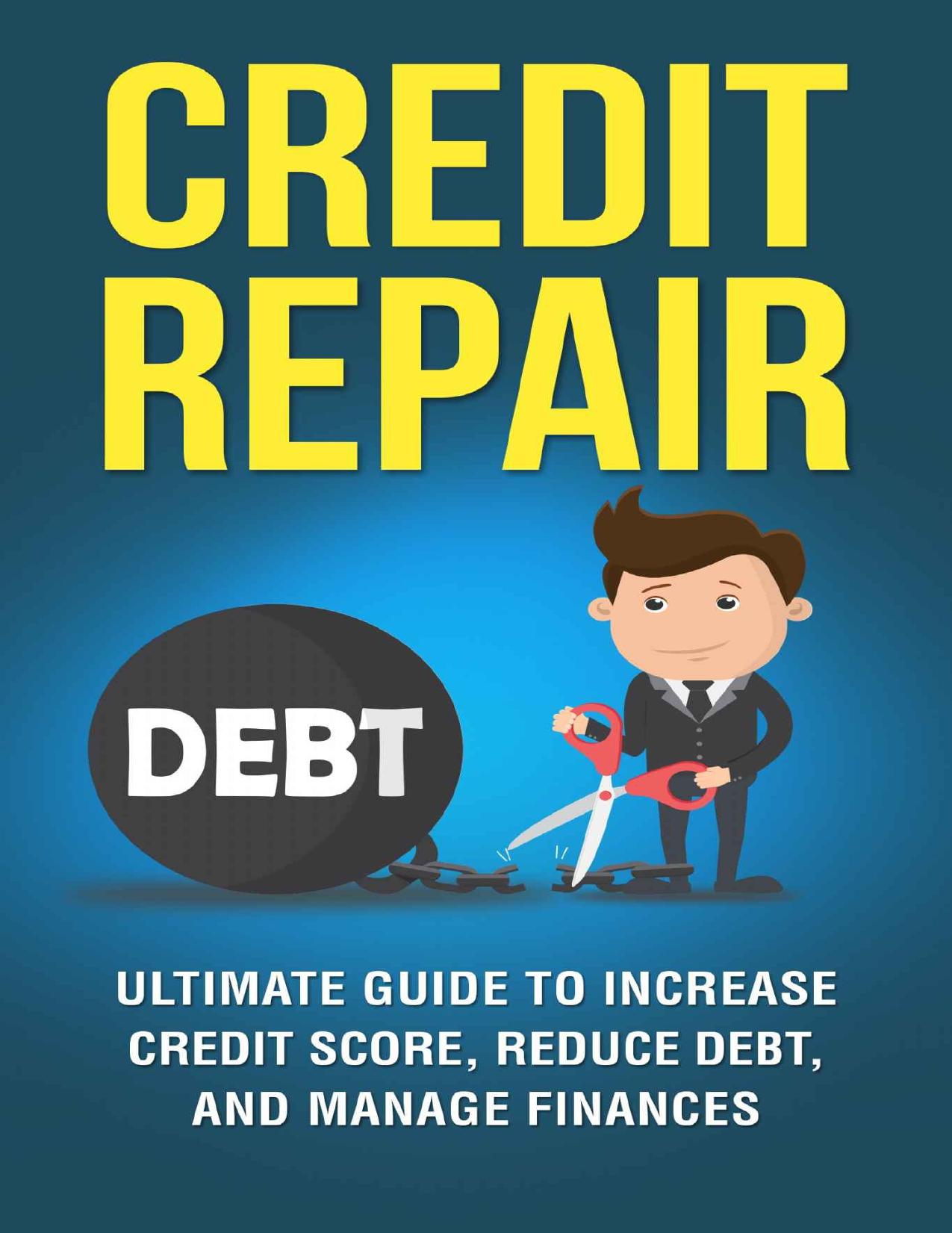Credit Repair: The Ultimate Guide to Increase Your Credit Score, Decrease Your Debt, and Manage Your Finances (Credit Score, FICO Score, Remove Negative Items, ) by Oscar Lyman

Author:Oscar Lyman [Lyman, Oscar]
Language: eng
Format: epub, azw3, pdf
Published: 2017-05-17T07:00:00+00:00
For credit score purposes, if you do not have enough in savings to pay all debts off, make certain you pay enough to each debt to show a credit utilization below 49 percent.
Credit Card Reduction
Paying off credit cards requires a special formula if you cannot pay off all the cards at once with your savings. To improve your credit score, you want your cards below 49 percent of the credit limit. Obtaining a lower debt usage may not be feasible right now. It depends on the amount of savings you have and how many cards you have. If you cannot get your cards below 50 percent, then you should determine if you can pay more than the minimum payment to one card.
Let’s say you have $100 left over at the end of each month. This $100 has been going to savings, but you already put 20 percent of your income in savings. You will apply this $100 to one of the credit cards. There are a couple of theories for this method. Some experts will tell you to pay off the lowest balance card first, while others will tell you to pay off the highest interest rate card.
It will depend on your psyche for what method you choose. If you need to feel optimistic about reducing your debts, pay off the lowest balance card first. It gives you a boost and keeps you going in your fight against debt. If you understand the higher the interest rate means, the more of your money is going to interest and not the principle, then you will feel an urgency to pay off the card with the highest annual percentage rate.
What card has the highest APR? What card has the lowest balance? Can you move money around for a more favorable situation? Let’s say your card with the lowest balance is using 10 percent of your credit limit and has the lowest APR, and a card with the highest APR has 80 percent of the credit limit used. You can move 39 percent of the balance to the lower APR card. Yes, for credit score purposes you are told not to move money around; however, to get rid of your debt it is a necessary issue. Now keep in mind, you have to assess the transfer fee as part of the overall percentage of use.
After the balance transfer, you will start to allocate extra funds to the card with the highest APR. You still make the minimum payments on all your debts, but you put more money towards one debt with the highest APR.
As soon as the card is paid off, you will have the minimum payment plus any additional funds you paid towards that debt to put towards another card.
Once the next card is paid off, you move to the next card, this time with both minimum payments from the first two cards plus the extra income you sent towards paying the card down.
Eventually, you make it to the last card.
You always want to start with credit that has higher APRs, which will be credit cards.
Download
Credit Repair: The Ultimate Guide to Increase Your Credit Score, Decrease Your Debt, and Manage Your Finances (Credit Score, FICO Score, Remove Negative Items, ) by Oscar Lyman.azw3
Credit Repair: The Ultimate Guide to Increase Your Credit Score, Decrease Your Debt, and Manage Your Finances (Credit Score, FICO Score, Remove Negative Items, ) by Oscar Lyman.pdf
This site does not store any files on its server. We only index and link to content provided by other sites. Please contact the content providers to delete copyright contents if any and email us, we'll remove relevant links or contents immediately.
| Budgeting & Money Management | College & Education Costs |
| Credit Ratings & Repair | Retirement Planning |
The Compound Effect by Darren Hardy(8806)
Tools of Titans by Timothy Ferriss(8213)
Nudge - Improving Decisions about Health, Wealth, and Happiness by Thaler Sunstein(7613)
Win Bigly by Scott Adams(7094)
Deep Work by Cal Newport(6877)
Rich Dad Poor Dad by Robert T. Kiyosaki(6398)
Pioneering Portfolio Management by David F. Swensen(6226)
Principles: Life and Work by Ray Dalio(6204)
The Barefoot Investor by Scott Pape(5698)
Digital Minimalism by Cal Newport;(5661)
Grit by Angela Duckworth(5512)
The Slight Edge by Jeff Olson(5346)
Discipline Equals Freedom by Jocko Willink(5279)
The Motivation Myth by Jeff Haden(5155)
You Are a Badass at Making Money by Jen Sincero(4866)
The Four Tendencies by Gretchen Rubin(4544)
Eat That Frog! by Brian Tracy(4430)
The Confidence Code by Katty Kay(4187)
Bullshit Jobs by David Graeber(4094)
